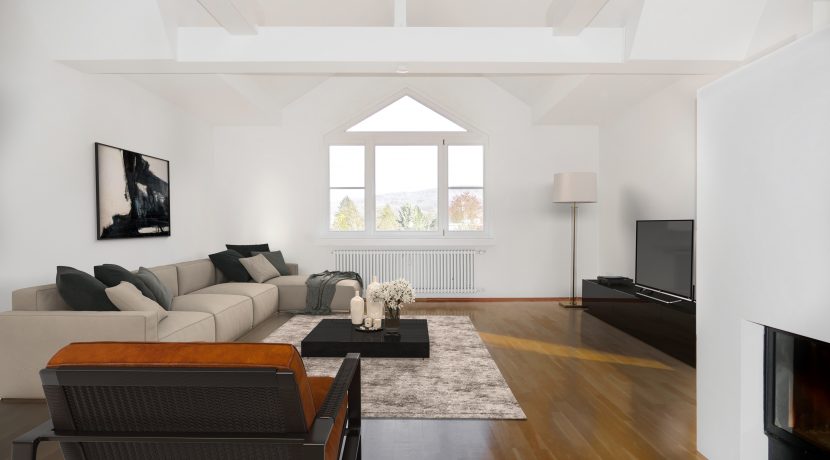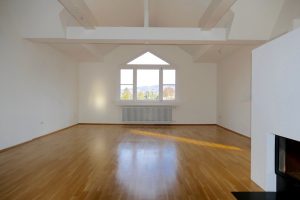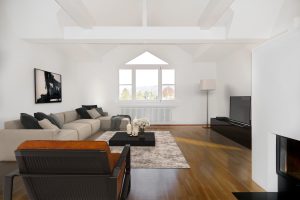The term “home staging”, only known to the initiated a few years ago, has meanwhile also achieved a certain degree of familiarity in this country. Established in the USA in the 70s, wherever else, over 200 home staging agencies are already looking for potential customers on the Internet in Germany. And of course there is already a professional association with the beautiful name “German Society for Home Staging and Redesign eV”. Of course, this organization also offers seminars, the prerequisite for participation on their homepage: “Interest in the topic!”. Assuming that interest and no further previous knowledge, the participant goes through two seminars and a few practical days, has two of his own projects assessed by an internal association committee and is allowed to call himself "DGHR Advanced Professional" from now on - the fees amount to a modest € 2.000.
But what does a "DGHR Advanced Professional" do? "Staging" has several meanings in English, two of which are relevant to the role of the home-stager. On the one hand it refers to a staging, on the other hand it can also mean "material procurement". Linking both levels of meaning, the result is a catchy definition of the term home staging: A house / apartment is staged using various materials in order to achieve a higher selling price or a shorter vacancy rate.
In order to achieve this goal, most agencies offer their services as a package, although the simplicity of the "basic package" that is often offered is not necessarily impressive, as it only promises to assist with clearing out apartments, to supervise them or even to help themselves (The prices for this are between 200 and 250 €.) The next packages are more demanding and significantly more expensive. Floors are then laid, walls painted, depersonalized and redisigned and - this is the supreme discipline of the home stager - houses and apartments are completely refurnished and decorated. Such a measure can easily result in a fee of up to 3% of the sales price achieved, which should be bearable if the sales price achieved is 10 to 15% above the entry price by means of sophisticated home staging measures, such as American sources would have us believe.
Let's summarize the pros and cons of this trend:
The sale of a house is primarily about facts that can make any camouflage forget. The modest location of a house is difficult to conceal when it is ten meters in front of an ICE line or next to the A1 embankment. However, for the situation there is a generally accepted parameter called "ground reference". This is updated by the expert committees of the cities and counties at different intervals and thus forms a criterion for the value of a property.
Another criterion is the state of preservation of a house. An ailing roof, an old heating system or a damp cellar can be assessed objectively by an expert or experienced broker.
In some cases, Home Staging can be an effective tool for marketing a property faster, and it is not just non-faculty trainees but also trained interior designers who provide such services. So it is almost always useful to "dust off" a property (in homestaging German: to de-personalize). The furniture and all the personal belongings of the former resident are removed to create a neutral aura of the property. A thirty-year-old carpet needs to be disposed of and also a painting of the walls can
create a much friendlier atmosphere. Whether it still needs a complete contemporary new furniture, must be decided locally. Home staging can be quite useful to positively influence the first, crucial impression of a potential buyer. Only every seller should be careful not to use this instrument to conceal defects. This shot is guaranteed to backfire.



